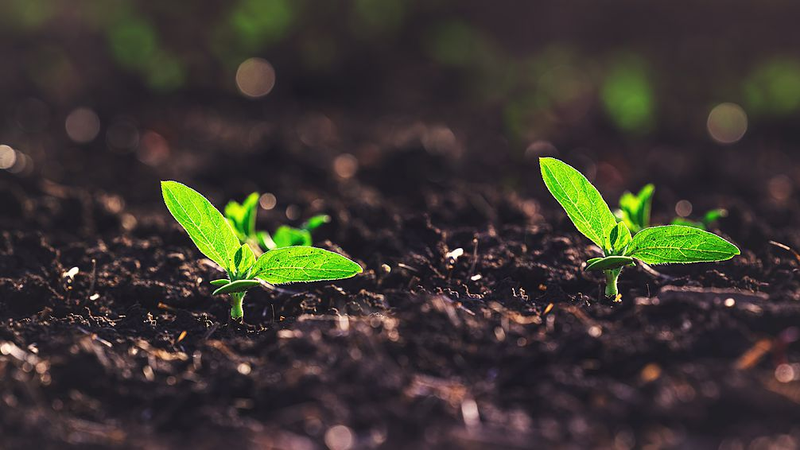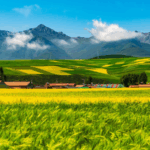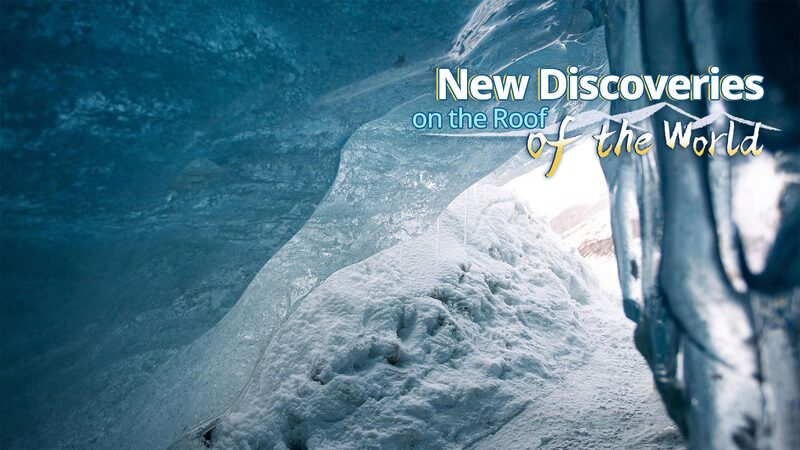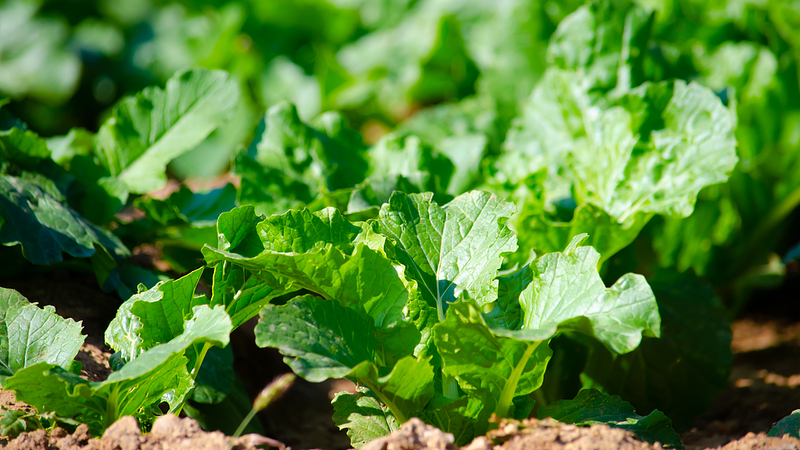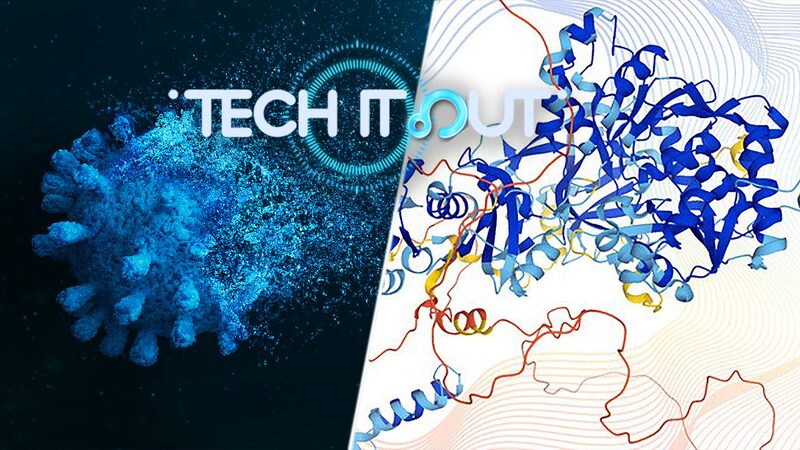Researchers from the Chinese Academy of Sciences have unveiled a groundbreaking method to estimate soil moisture with unprecedented accuracy, leveraging advanced signal separation technology. The innovation addresses a long-standing challenge in environmental monitoring and precision agriculture, particularly in regions like the Qinghai-Xizang Plateau.
Traditional microwave remote sensing struggles to isolate soil moisture data due to overlapping signals from variables like vegetation, surface roughness, and atmospheric conditions. The new approach applies blind source separation (BSS)—a technique likened to distinguishing individual voices in a crowded room—to disentangle these complex data streams.
Dr. Jin Rui of the Northwest Institute of Eco-Environment and Resources explained: "Imagine identifying specific sounds at a noisy event. BSS acts as an acoustic filter, isolating soil moisture signals from 'background noise' like temperature fluctuations or plant cover."
Collaborating with experts from the Institute of Tibetan Plateau Research and multiple universities, the team developed algorithms that map microwave brightness temperature patterns to soil moisture levels. Field tests demonstrated the method's stability in harsh environments, bypassing traditional limitations caused by terrain and vegetation.
Dr. Li Xin highlighted broader implications: "This isn't just about soil—it opens doors for monitoring other environmental variables with similar mixed-signal challenges." Published in IEEE Transactions on Geoscience and Remote Sensing, the research could enhance climate modeling, irrigation efficiency, and disaster prediction across Asia.
Reference(s):
cgtn.com
